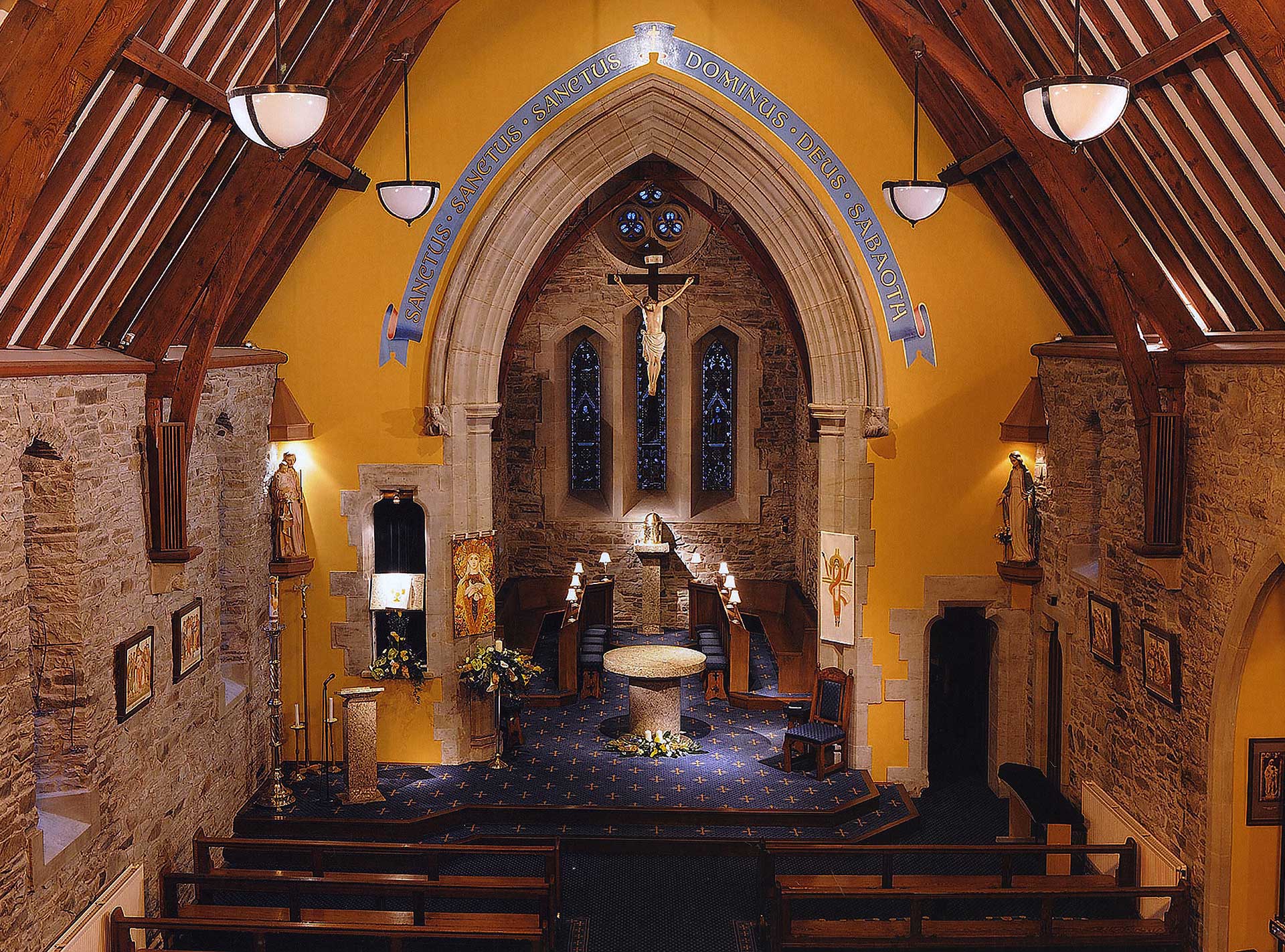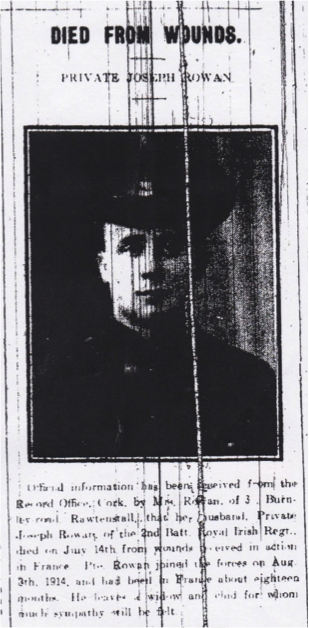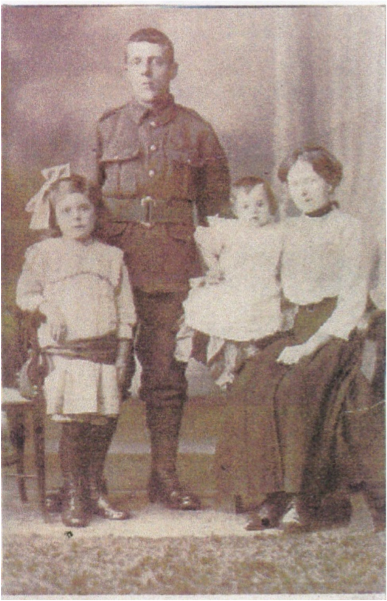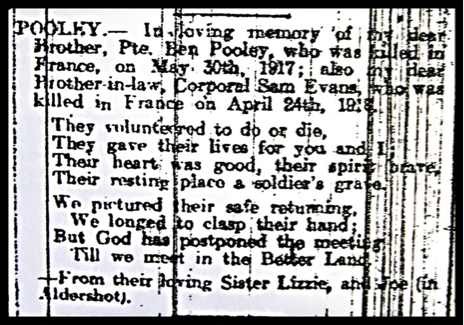ST JAMES THE LESS MEMORIAL
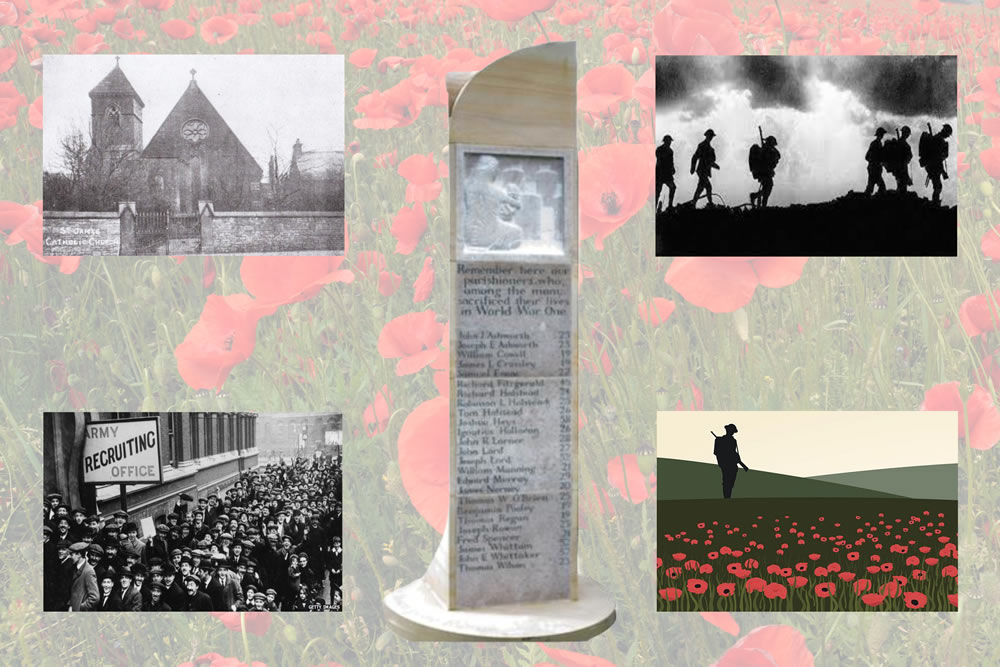
The 25 parishioners who died in World War One are commemorated on our Centennial War Memorial.
As the centenary of the start of World War One approached, we were reminded that St James the Less was one of the few churches in the Valley that had no memorial to the dead of their parish.
Extensive and painstaking research of the Church’s records, Local History and the Diocese’s Archives revealed 25 fatalities, so far, who were parishioners of St James The Less.
The memorial is a judicious and tasteful blend of the modern and the traditional, connecting today with our 1914-18 heritage.
The front face of the memorial is a Marian figure standing on an oval plinth, with the dedication: ‘Mary, Mother of Peace, Pray For Us’. The figure has a semi abstract face, hooded above a flowing cloak, with hands held in prayer. The cross at the base of the figure echoes the three crosses on the plinth.
The side face has a bas-relief image of a mother and babe in arms looking out over headstones; these headstones symbolise the final resting places of so many of the war dead. The names and ages of our dead parishioners are inscribed alphabetically beneath.
The memorial’s contrasting sharp edges and sweeping lines create an evocative shape, one which is even more memorable and moving when illuminated at night.
This is more than a memorial. It is also a piece of art that, hopefully, will make everyone who stands before it think about sacrifices in war throughout the world. May it also help us meditate that, in these troubled times, 100 years after The Great War, all the world is in need of the help of Mary, Our Mother of Peace.
Why did men from St. James–the-Less have to fight in the First World War?
Between early August 1914, when the war started, and 1916 over 150 men from St James-the-Less had joined the armed forces and gone to war, nine were reported dead and numerous men injured.
After the war ended the Parish reported to Salford Diocese that over 50 men from St James-the-Less had been killed. However, no names were recorded; so, despite extensive searches, the records of only 25 soldiers have been found. In towns all over East Lancashire memorials were built to remember the terrible sacrifice of life. In Rossendale alone over 675 men were reported killed and countless others came home injured. The Great War, as it was known at the time, led to one of the greatest losses of life in the world.
- Over eight million military personnel died
- Over 28 million military personnel were injured or lost
- Unknown countless millions of civilians died or were injured.
Almost 60% of the military personnel involved were casualties, i.e. killed, injured or lost.
It is estimated that during the war over 50 million men, women and children died, or were injured or lost in, what was called at that time, The Great War.
We can only guess at the numbers after the war of deaths and injuries caused by the war.
“We had a rough time in the trenches, had a few casualties but I got out safe, had a few narrow escapes but was lucky. Going in and out was almost as bad as being in. The party that relieved us had nine knocked out on the road, they had to pass a building that was on fire: they warned us but when we got to that spot we made a dash past. It is called Hell Fire Corner and is shelled from two sides. We heard yesterday that a lot of them have been gassed also since. We move up to the same place tonight and we are in for it this time. We have to go over the top at 7.30 in the morning”
THEIR STORIES


